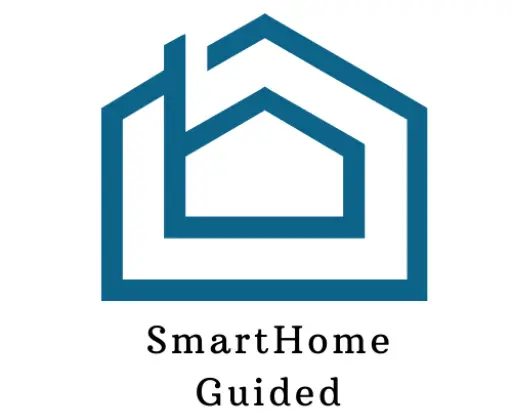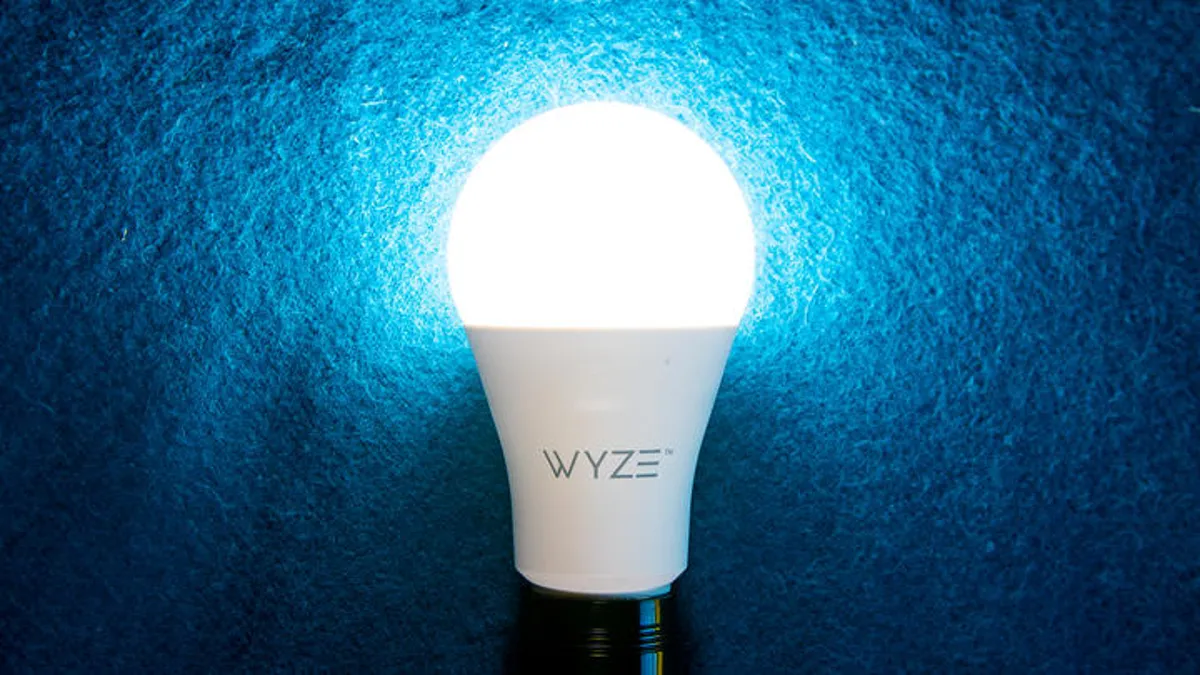If you’re like me, you’re always looking for ways to save energy and money. So, when I heard about smart lights, I was intrigued. But I was also skeptical – could they really help save energy and money?
I did some research and found that smart lights can actually help save energy by reducing your power consumption. But I also found out that they can slow down your WiFi connection. So if you’re considering getting smart lights, be aware of the potential downsides.
Do Smart Lights Slow Down WiFi?
Although we can’t speak for every single brand of smart light, in general, the answer is no—smart lights shouldn’t slow down your home WiFi network.
That being said, there are a few potential exceptions to this rule. For example, if you have an older router that isn’t compatible with the new 802.11ac standard, you may see a decrease in speed when you connect smart lights (or any other devices) to it.
If your home WiFi network is already bogged down by too many devices or if the coverage isn’t very good to begin with, adding more devices to it may exacerbate the problem. In this case, you might see a decrease in speed when you connect smart lights (or any other devices).
If you think your home WiFi network is slow, there are a few things you can do to speed it up. For example, you can try moving your router to a more central location in your home or upgrading to a newer router that includes the latest WiFi technology.
You can also try disconnecting some of the devices that are already connected to your home WiFi network. For example, if you don’t need all of your smart lights connected at the same time, you can turn some of them off.
The Benefits of Smart Lights
Smart lights are becoming increasingly popular, and for good reason. They offer a number of benefits over traditional incandescent bulbs, including improved energy efficiency, longer lifespan, and greater durability.
Convenience
One of the most appealing features of smart lights is their ability to connect to your home WiFi network. This allows you to control them using your smartphone or other devices, making it easy to turn them on or off, dim them, change the light color, and more.
Security
Connecting your lights to your WiFi network can also help to improve your home’s security. By being able to remotely control your lights, you can make it appear as though someone is home even when you’re not. This can deter burglars and other intruders from trying to break in.
Save energy bills
Another benefit of smart lights is that they can help you save money on your energy bill. Many smart bulbs are designed to be more energy-efficient than traditional incandescent bulbs, so you can see savings on your monthly electricity costs. And since they last longer than traditional bulbs, you won’t have to replace them as often.
So, if you’re considering switching to smart lights, there are plenty of reasons to do so. Not only are they convenient and energy-efficient, but they can also help improve your home’s security.
The Different Types of Smart Lights
Smart lights come in a few different types. The most common are LED (light-emitting diode), CFL (compact fluorescent), and incandescent.
LED smart lights
LED smart lights are the most popular type. They’re energy efficient and last a long time. They come in a variety of colors, and some can even change colors.
CFL smart lights
CFL smart lights are also energy efficient, but they don’t last as long as LED smart lights. They also come in a variety of colors, but they can’t change colors like LED smart lights can.
Incandescent smart lights
Incandescent smart lights are the least energy efficient type of smart light, but they’re the cheapest to buy. They also come in a variety of colors, but they can’t change colors like LED and CFL smart lights can.
How to Choose the Right Smart Lights for your WIFI network
Not all smart lights are created equal. In addition to choosing the right type of lightbulb, you need to consider how the light will connect to your home network and what type of app or platform you’ll use to control it. Here’s a rundown of the most important features to look for when choosing smart lights.
Shape and Size
Smart lights come in all shapes, sizes, and colors. You can find smart LED bulbs that fit in standard sockets, plug-in LED lamps, PAR (pointed arch) light bulbs for track lighting, BR (bulged reflector) bulbs for recessed lighting, floodlights, and even string lights for outdoor parties.
Temperature and color
Most smart lights also come in a variety of “temperatures” or “whites,” from a warm yellowish light (around 2700K on the Kelvin scale) to a cool blue light (8000K or higher).
Socket type
Just like regular light bulbs, you’ll need to choose the right socket type and shape for your application. But with smart lights, you also need to pick the right platform and decide how you want to control the light.
Voice assistant compatibility
Do you want a voice assistant like Amazon’s Alexa or Google’s Assistant? A mobile app? A physical remote? Some combination thereof? The answer might be different for every room in your house.
How to Connect Smart Lights to WIFI
To use smart lights, you’ll need to connect them to your home’s Wi-Fi network. Once they’re connected, you can control them using a mobile app or voice assistant.
Most smart lights come with a base station that plugs into your router. The base station acts as a bridge between your lights and your Wi-Fi network. Once the base station is connected, you can add additional lights to the system.
To control your smart lights, you’ll need to download a mobile app. Each manufacturer has its own app, so be sure to download the one that’s compatible with your lights. Once the app is installed, you can use it to turn the lights on and off, change the color of the light, and set schedules.
If you have a voice assistant such as Amazon Alexa or Google Assistant, you can also control your smart lights using voice commands. To do this, you’ll need to connect your voice assistant to your smart light system. Once they’re connected, you can use voice commands to turn on and off the lights, change the color of the light, and set schedules.
The Future of Smart Lights
Are you looking for a lighting guide? If so, you’ve come to the right place! LED bulbs are becoming increasingly popular, and for good reason.
They last longer, they’re more energy efficient, and they offer a variety of unique features that traditional incandescent bulbs just can’t match.
One of the most popular features of LED bulbs is their ability to connect to your home’s Wi-Fi network. This allows you to control your lights using your smartphone or tablet, and even dim them without getting out of bed!
However, some people have expressed concerns that connecting their lights to their Wi-Fi network might slow down their internet speeds. After all, every device that’s connected to your Wi-Fi network is competing for bandwidth.
Conclusion
Connecting your LED smart bulbs to your Wi-Fi network will not slow down your internet speeds. In fact, most LED bulbs use less than 1% of the bandwidth of a typical home internet connection. So go ahead and enjoy the convenience of controlling your lights from your phone – it won’t make a difference to your internet speeds.


